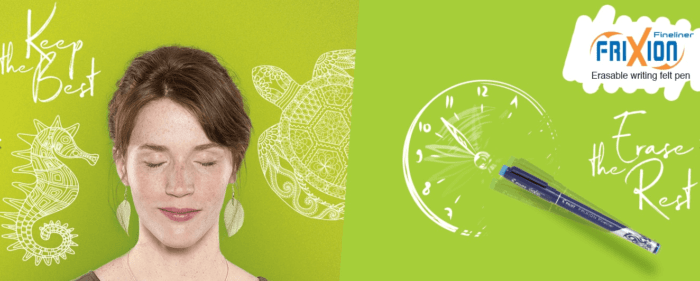Receive our news
Subscribe to our monthly newsletter

Brand control on Marketplaces is a vast and fascinating subject. In order to get into the concrete and to find real solutions, we met Pierre Giraud, the General Counsel of Pilot Europe, so that he could explain to us his approach and his return of experience concerning the protection of the Pilot brand in Europe.

If we are to take stock of the situation before the actions and the problems encountered, we can retain two main ones:
As with any major brand, the existence of counterfeits is time-consuming and technical to manage, with no direct contact or process in place with the Marketplaces.
Unauthorised parallel imports. We were confronted with numerous resellers on the Marketplaces who bought products in Japanese version from wholesalers and resold them without authorisation on the European platforms whereas Pilot Europe exclusively, has the rights, is responsible for ensuring the animation of the brand, the distribution network and the conformity of the products in Europe. These practices created difficulties within the network in terms of competition, price credibility and product compliance with European standards.
At the beginning, for the detection of litigious cases, it was mainly an ad hoc approach, based on information from our customers or our teams. For the resolution of cases, we had a classic approach and contacted the sellers via the contact details on the profiles of these sellers on the Marketplaces to put them on notice to stop their practices.
This approach had random results, was time-consuming and costly, while the number of offenders was increasing. The question was therefore raised of automating these processes, particularly in relation to parallel imports.
We therefore looked for players who could help us "automate" our processes with dedicated detection and notification tools for typical cases and then, after a few twists and turns, we approached the platform managers so that we could set up collaborative processes and also access their detection and, above all, denunciation and removal tools for offenders.
For the classical approach, sending formal notices, let alone legal proceedings in countries such as China, remains illusory.
We have noted a great ignorance of intellectual property rights, particularly with regard to parallel imports, but also with regard to the use of our brands and the "inspiration" of our products, and problems of recidivism due to a feeling of impunity on the part of certain sellers.
Contact with the platforms was long and complicated. You need enough brand awareness to get them interested and to make them react. But some have made a lot of progress.
Generally speaking, this activity of defending the brand and the products in an ever-changing context is very time-consuming.
The results have been very variable over time, depending on the level of cooperation between platforms, teams and resources.
After a year and a half, we started to obtain very good results with the biggest platforms, especially on parallel imports. We have been part of this evolution in a constantly changing environment with new tools such as Ebay's VERO programme or Amazon's Brand Registry.
As regards efficiency and deadlines, this depends on the platform, the means it gives itself and, above all, the image it wants to give of itself on the market. The most established platforms seek to differentiate themselves from new competitors such as Alibaba by adopting a resolutely pro-brand approach, respecting intellectual and artistic property rights, as soon as a partnership is established. Alibaba has also launched a programme but it is centralised and run from China.
We have to constantly observe new market practices, test new tools on different platforms and monitor the offenders' manoeuvres to circumvent them. We regularly evaluate the cost and time spent on our actions and the benefit we get from them in the market.
Some counterfeiters are very creative and can, for example, generate avatar sellers with different contact details. For our part, we are going to try to improve the parameterisation and machine learning to detect them.
So we have to be more and more agile to be able to evolve with the market, to cooperate with the platforms. Various players are arriving and brand control on marketplaces is becoming increasingly difficult.
A question, a need?
Contact us and let's discuss the risks to your brand and how to measure and control them on Marketplaces.